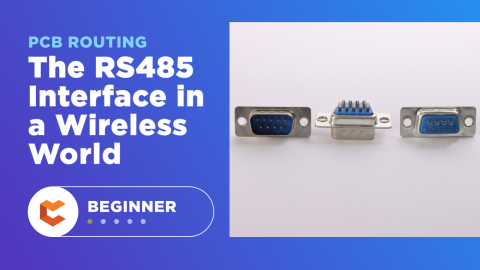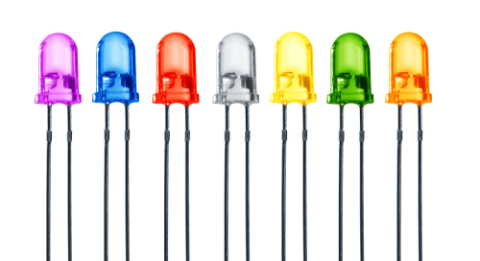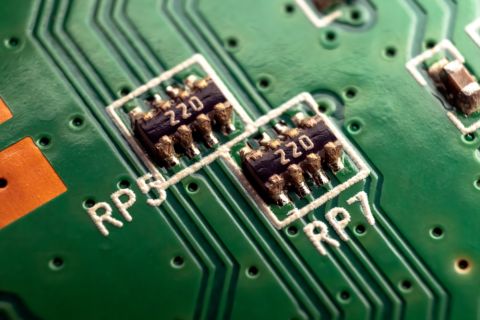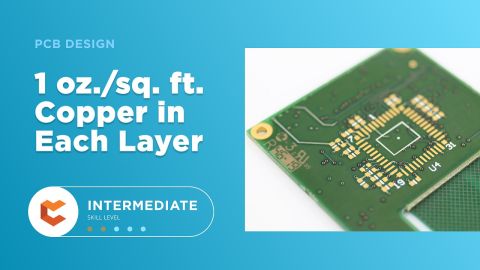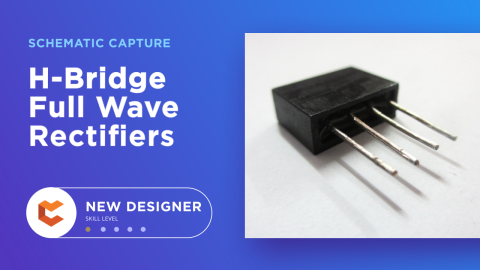Boats With The Current: Microstrip and Stripline Transmission Lines Trade-offs
In F. Scott Fitzgerald’s The Great Gatsby, the narrator, Nick Carraway, is torn between infiltrating the notorious elite social circles by attending his neighbor Jay Gatsby’s infamous mansion parties in Long Island, New York and establishing himself on the east coast in a finance career. It can be easy to have an understanding of The Great Gatsby through its context - the roaring twenties, flappers, prohibition - it wouldn’t do justice to any of the characters to reduce them all as generic ‘people attending parties.’ This modern classic novel is rife with trade-offs: maintaining morality or earning money, self-respect or love, and even friends or careers.
While life can certainly be full of such trade-offs, you don’t necessarily have to risk it all when weighing the pros and cons of a PCB design choice. There are several complex sets of trade-offs and constraints within PCB design, and oftentimes your layout choice revolves around customer desires and specific necessities for the board. But with any choice, understanding the context and being able to accurately weigh the benefits and losses of each option will enable you to design smarter. That’s why looking at microstrips and striplines as they relate to line loss, impedance, and the advantages of self-shielding can be a time, money, and energy saver for you old sport.
Distinguishing Microstrips and Striplines for Transmission Line Trade-offs
Microstrip and Stripline have distinctive characteristics, so understanding the differences can help you decide on the best option. Although both transmission line technologies can be used for signal interface and passive elements, it is essential to understand the advantages and disadvantages of each structure. If your concern is signal isolation, stripline holds a big advantage because it is self-shielded; on the other hand, microstrip is the solution if line loss and controlled impedance are your priorities.
Stripline: Stripline is a three conductor structure where the transmission line is sandwiched between two ground layers. Due to its configuration, the width of the conductor is narrower than that of a microstrip for similar impedance, requiring tighter manufacturing and dielectric constant tolerance for the same dielectric thickness.
Microstrip: Microstrip consists of a top conductor above a ground plane, separated by a dielectric layer. A microstrip can be instantiated on a very simple two-layer board. If you are designing for low-cost, sensitive applications, microstrip has an advantage due to its simpler board structure—stripline requires a multi-layer board.
With these basic definitions in mind, it becomes easier to understand how they directly compare to each other in similar transmission line parameters.
Transmission Line Parameter Comparisons Between Striplines and Microstrips
Contrasting categories are important in making sense of where we stand. In The Great Gatsby, for instance, the east egg is meant to represent the old social elites, while the west egg is meant to represent those who have recently come into their money and are newly established in their society. While this division between areas isn’t entirely clear throughout the novel, the capabilities of stripline compared to microstrip transmission parameters can be easy to define. Below are some distinguishing factors:
Signal Isolation/Crosstalk: Stripline’s self-shield constrains the field of the board. But, this constraint is also a boon in how it prevents electromagnetic interference (EMI) from coupling into the transmission line because of its uniform medium for electromagnetic waves. This characteristic makes a better solution for applications susceptible to crosstalk. In addition, the stripline will be less prone to external interference and will restrict spurious radiation of the signals carried by the stripline.
Line Loss and Controlled Impedance: Impedance plays an important role in signal quality, but there are also other factors that affect signal quality. Dielectric thickness, trace width, dielectric constant, and to a lesser degree, copper thickness, are all important parameters to consider if you want to avoid signal quality distortion. Dielectric thickness refers to the thickness of the insulating layer on the board. Although a microstrip trace is on the outer layer and the stripline an inner layer of the board, the impedance can be lowered by reducing the dielectric thickness. For a given dielectric thickness and minimum line width, the impedance will be higher for a microstrip. Microstrip circuits have some benefits over striplines because the top side dielectric is air, which has the lowest possible line loss. The performance from either a microstrip or a stripline will be limited by the line loss characteristic of the dielectric substrates. This impedance will increase if dielectric is lower. Lastly, trace width plays a role in impedance: a wide trace will have lower impedance. However, you need to be wary of overcrowding your trace routing.
The only thing left is to know exactly what affects the total loss of a transmission line so you can avoid as much loss in your design as possible (a pre-emptive action that Jay Gatsby, assuredly, wishes he could have planned for).
So We Beat on Against Transmission Line Loss
The total loss of a transmission line consists of the summation of the dielectric loss, radiation loss, leakage loss, and conductor. Radiation loss is the energy radiated away from the transmission line, which is depended on the dielectric constant and frequency.
Radiation loss is the energy radiated away from the transmission line, which is depended on the dielectric constant and frequency. A substrate with a higher dielectric constant will have less radiation loss. Although in low frequency applications conductor loss dominates, at higher operating frequencies dielectric loss is the biggest contributor.
Given the same set of board constraint, microstrip circuits will have less loss compared to stripline and will allow higher controlled impedance for the same board thickness and minimum line width. Understanding total transmission line loss, though, can be a bit complex of a subject and I always encourage further research to fully understand what you’re working with.
Like the choice of attending a party full of decadence and excess, or continuing to work on your personal goals, the choices of using microstrip or stripline transmission lines require proper evaluation and an understanding of a number of influencing factors. Independent of your choice of microstrip or stripline, different materials are available to help you attain the best performance.
You shouldn't need a complex design package to design a complex multilayer PCB. When you need to access an easy-to-use PCB layout tool that includes everything needed to build high-quality manufacturable circuit boards, look no further than CircuitMaker. In addition to easy-to-use PCB design software, all CircuitMaker users have access to a personal workspace on the Altium 365 platform. You can upload and store your design data in the cloud, and you can easily view your projects via your web browser in a secure platform.
Start using CircuitMaker today and stay tuned for the new CircuitMaker Pro from Altium.

